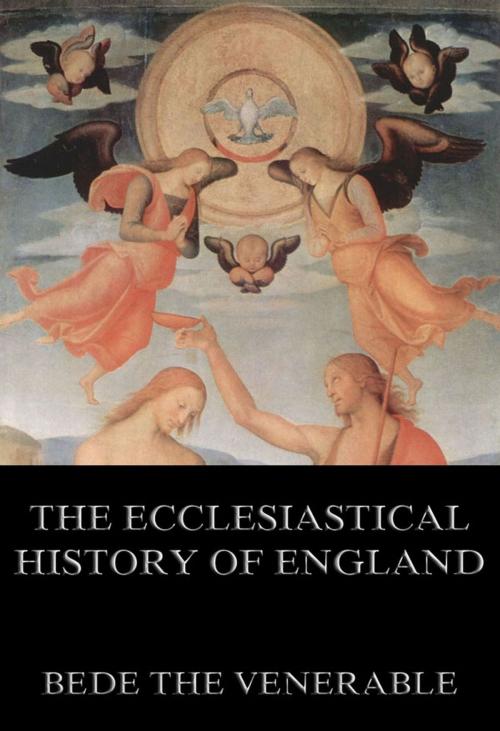Bede's Ecclesiastical History of England
Nonfiction, Religion & Spirituality, Theology, Christianity| Author: | The Honorable Bede | ISBN: | 9783849620936 |
| Publisher: | Jazzybee Verlag | Publication: | July 21, 2012 |
| Imprint: | Language: | English |
| Author: | The Honorable Bede |
| ISBN: | 9783849620936 |
| Publisher: | Jazzybee Verlag |
| Publication: | July 21, 2012 |
| Imprint: | |
| Language: | English |
Bede's best-known work is the Historia ecclesiastica gentis Anglorum, or An Ecclesiastical History of the English People. Completed in about 731, the first of the five books begins with some geographical background, and then sketches the history of England, beginning with Caesar's invasion in 55 B.C. A brief account of Christianity in Roman Britain, including the martyrdom of St Alban, is followed by the story of Augustine's mission to England in 597, which brought Christianity to the Anglo-Saxons. The second book begins with the death of Gregory the Great in 604, and follows the further progress of Christianity in Kent and the first attempts to evangelize Northumbria. These ended in disaster when Penda, the pagan king of Mercia, killed the newly Christian Edwin of Northumbria at the Battle of Hatfield Chase in about 632. The setback was temporary, and the third book recounts the growth of Christianity in Northumbria under kings Oswald of Northumbria and Oswy. The climax of the third book is the account of the Council of Whitby, traditionally seen as a major turning point in English history. The fourth book begins with the consecration of Theodore as Archbishop of Canterbury, and recounts Wilfrid's efforts to bring Christianity to the kingdom of Sussex. The fifth book brings the story up to Bede's day, and includes an account of missionary work in Frisia, and of the conflict with the British church over the correct dating of Easter. Bede wrote a preface for the work, in which he dedicates it to Ceolwulf, king of Northumbria. The preface mentions that Ceolwulf received an earlier draft of the book; presumably Ceolwulf knew enough Latin to understand it, and he may even have been able to read it. The preface makes it clear that Ceolwulf had requested the earlier copy, and Bede had asked for Ceolwulf's approval; this correspondence with the king indicates that Bede's monastery had excellent connections among the Northumbrian nobility. (courtesy of wikipedia.com)
Bede's best-known work is the Historia ecclesiastica gentis Anglorum, or An Ecclesiastical History of the English People. Completed in about 731, the first of the five books begins with some geographical background, and then sketches the history of England, beginning with Caesar's invasion in 55 B.C. A brief account of Christianity in Roman Britain, including the martyrdom of St Alban, is followed by the story of Augustine's mission to England in 597, which brought Christianity to the Anglo-Saxons. The second book begins with the death of Gregory the Great in 604, and follows the further progress of Christianity in Kent and the first attempts to evangelize Northumbria. These ended in disaster when Penda, the pagan king of Mercia, killed the newly Christian Edwin of Northumbria at the Battle of Hatfield Chase in about 632. The setback was temporary, and the third book recounts the growth of Christianity in Northumbria under kings Oswald of Northumbria and Oswy. The climax of the third book is the account of the Council of Whitby, traditionally seen as a major turning point in English history. The fourth book begins with the consecration of Theodore as Archbishop of Canterbury, and recounts Wilfrid's efforts to bring Christianity to the kingdom of Sussex. The fifth book brings the story up to Bede's day, and includes an account of missionary work in Frisia, and of the conflict with the British church over the correct dating of Easter. Bede wrote a preface for the work, in which he dedicates it to Ceolwulf, king of Northumbria. The preface mentions that Ceolwulf received an earlier draft of the book; presumably Ceolwulf knew enough Latin to understand it, and he may even have been able to read it. The preface makes it clear that Ceolwulf had requested the earlier copy, and Bede had asked for Ceolwulf's approval; this correspondence with the king indicates that Bede's monastery had excellent connections among the Northumbrian nobility. (courtesy of wikipedia.com)















